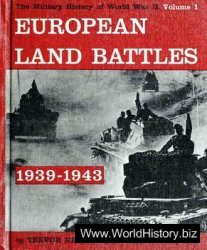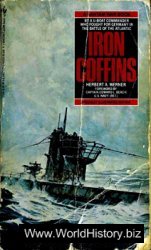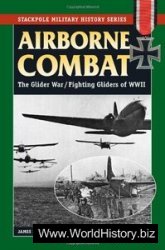The principality of Moldavia was originally established in 1352 or 1353 by King Louis the Great of Hungary as a Transylvanian march against Tartar inroads, its first voivode being Bogdan Dragosh (after whom it was at first called Bogdania, the Ottomans continuing to call the country ‘Bogdan’ ever after). Dragosh threw off Hungarian hegemony as early as 1359 (others say 1365), though after 1397 the country instead became nominally a Polish-Lithuanian vassal. Serious Turkish inroads commenced in the mid-15th century, and tribute was first paid to the Ottomans in 1455, but Stephen the Great (Stefan cel Mare, 1457-1504) successfully repudiated their overlordship and, despite a major defeat in 1476, Moldavia thereafter remained independent until after his death. Polish suzerainty was effectively ended in about 1480, from which time Stephen openly aligned himself with Moscow against the king of Poland. An attempt by King Jan Olbracht (1492-1501) to reimpose Polish claims in 1497 resulted in the defeat of his Polish-Lithuanian troops, supported by Teutonic Knights, by an alliance of Moldavians, Hungarians and Grim Tartars plus 2,000 Ottoman auxiliaries.
Moldavia’s armed forces differed little in composition from Wallachia’s, comprising ‘lesser’ and ‘greater’ armies in exactly the same way, though with the distinct difference that unlike the Wallachians, or come to that the Transylvanians, virtually the entire army was mounted on campaign, which gave it considerable mobility, though the majority of the peasants were only mounted infantry and actually dismounted on the battlefield and fought on foot. The ‘Chronicle of Olah’ tells us also that: ‘The Moldavians hold themselves to be nobler and braver than the Wallachians, and their horses are better. They can put an army of 40,000 in the field’. Stephen the Great’s physician, Muriano, put this figure somewhat higher in 1502, stating that Moldavia ‘can assemble an army of 60,000 men in times of need’. Other accounts mention 45-75,000. Most sources seem to agree that the cavalry element (heavy cavalry of boyars, curteni and viteji, light cavalry of landowning peasants) numbered only about 12-15,000 men, the balance being infantry supplied chiefly by the general levy upon which, it can therefore be seen, considerable reliance was placed.
The obligation of all able-bodied freemen to perform military service when called upon by the voivode is only first to be found mentioned in Moldavian records in 1444, but doubtless it existed in the 14th century and probably even earlier. Little is known of its utilisation in the 14th century, except that when fighting against King Sigismund of Hungary in 1395, Stephen I ‘marched with all his people’s force’, comprising ‘a light-armed host and a great multitude of archers’. The Polish chronicler Jan Dlugosz (d. 1480) confirms Stephen the Great’s frequent use of the general levy, stating that ‘only women and children remained at home’, and that ‘if he found a peasant without arrows, a bow and a sword, he ruthlessly condemned him to be beheaded.’ Nicolae Costin referred to Moldavian peasant-soldiers in 1467 with ‘scythes, spears and axes’, and Baltazar de Piscia described the army he saw in 1476 as comprised largely of rustici armed with bows, swords and spears. They were led by their district starostas (marshals).
The standing troops of the lesser army seem to have been first established by Petru I Musat (1375-91), and comprised the voivode’s curteni — his standing troops, including castle garrisons and frontier guards (the strajeri), some (but very few) mercenaries, and his personal retinue — plus the contingents of the boyars. Under Stephen the Great at least, and probably since the 14th century, the cavalry element of the standing troops was provided by viteji, while the infantry were comprised of voinici (see page 6) and iunaci (‘the brave’). Eye-witness descriptions of the army fielded in 1476 put the strength of these household troops at 10,000, but doubtless this does not include all of the frontier troops or castle garrisons, which appear to have been big enough to increase its numbers to 15,000. The figure of 10,000 also occurs in the first half of the 15th century (as, for instance, in 1430, when Sigismund of Hungary called for the voivode of Moldavia to provide that many men for service against the Ottomans), and the gradual increase in size of the standing army is reckoned to have been one of Stephen’s achievements.
In addition the curte could field a small amount of artillery, probably introduced in the early-15th century. Stephen’s army at the Battle of Vaslui in 1475 included 20 guns, and the next year he had an unknown number of cannons at Valea Alba. Most of Moldavia’s guns and gunpowder, together with some other armaments (notably swords), were imported from Brasov in Transylvania and Lwow in Poland.




 World History
World History









